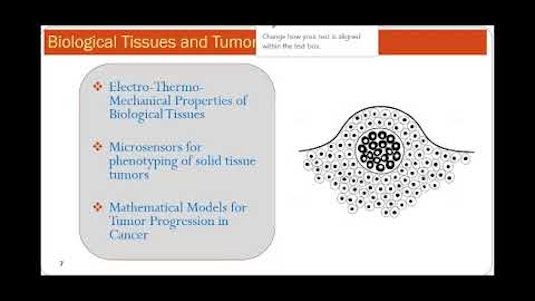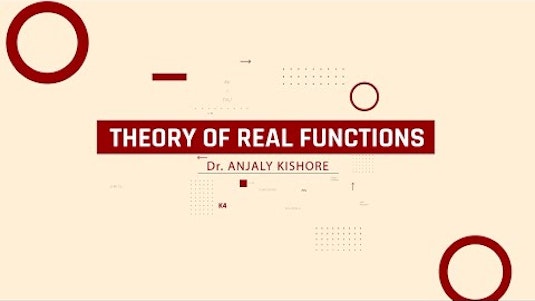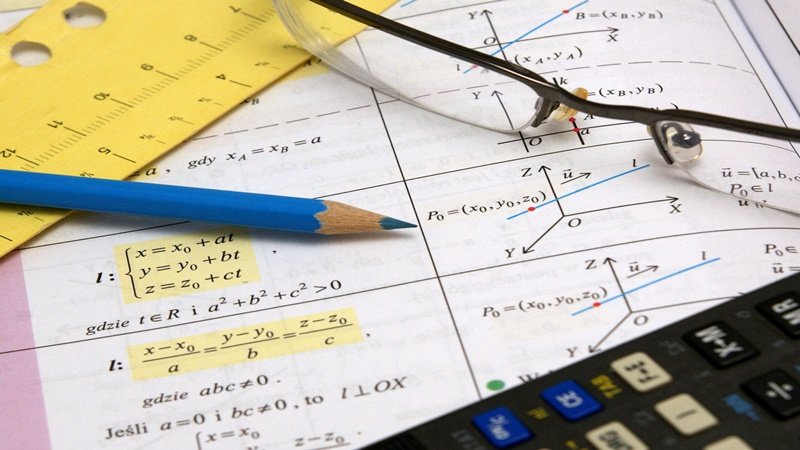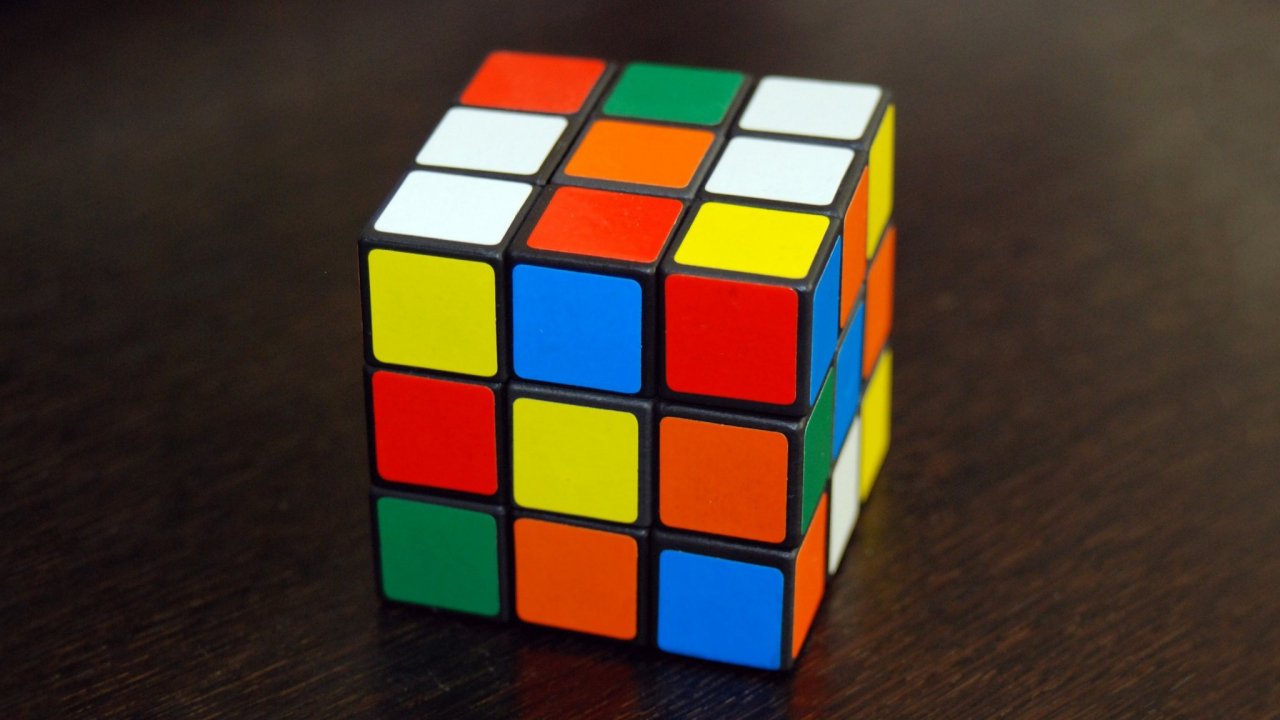
Moocable is learner-supported. When you buy through links on our site, we may earn an affiliate commission.
Description
Where will a cannonball land after firing? How does a harmonograph create art? How can logarithm scales help us represent the universe? Through motivating questions and interactive graphing, you’ll learn pre-calculus without relying on memorization.
By the end of this course, you’ll have mastered the foundational skills for working with exponential equations, logarithms, conic sections, and parametric equations.
Tags
Syllabus
- Conic Sections: Slice a cone and open a whole new class of curves.
- Circles: Explore circles and their equations on the coordinate plane.
- Ellipses: Stretch circles into ellipses and understand the relationship between an ellipse's foci and its function.
- Parabolas: Learn different ways to define parabolic curves.
- Hyperbolas: Explore this unique conic section that comes in two pieces.
- Exponentials: It gets large (or small) faster than you might think!
- Laws for Exponents: Explore the rules for combining exponential terms by thinking about exponents as repeated multiplication.
- Exponential Growth: Discover the power of exponential growth.
- Graphs and Finance: Explore fast-growing exponential functions used to model growth in finance.
- Doomsday Scenarios: Explore what happens when populations are overtaken by doomsday infections that propagate exponentially.
- Logarithms: Invert exponentials to get these.
- Defining Logarithms: Get started with the basic ideas behind logarithms.
- Graphing Logarithms: What does a log look like when you graph it?
- Log Scales: Practice the application of log scales.
- Log Arithmetic: Add, subtract, and multiply with logarithms.
- Log Equations: Solve for x when a logarithm is involved.
- Parametric Equations: Separate the horizontal and the vertical.
- Parametric Paths on a Grid: Describe horizontal and vertical motion with equations.
- Lines: Use two equations to track a point on a line.
- Projectiles: Unleash more parametric power to hurl objects through the air.
- Pendulums: Join conic sections with parametric equations and preview trigonometry along the way.

-
TypeOnline Courses
-
ProviderBrilliant
Where will a cannonball land after firing? How does a harmonograph create art? How can logarithm scales help us represent the universe? Through motivating questions and interactive graphing, you’ll learn pre-calculus without relying on memorization.
By the end of this course, you’ll have mastered the foundational skills for working with exponential equations, logarithms, conic sections, and parametric equations.
By the end of this course, you’ll have mastered the foundational skills for working with exponential equations, logarithms, conic sections, and parametric equations.
- Conic Sections: Slice a cone and open a whole new class of curves.
- Circles: Explore circles and their equations on the coordinate plane.
- Ellipses: Stretch circles into ellipses and understand the relationship between an ellipse's foci and its function.
- Parabolas: Learn different ways to define parabolic curves.
- Hyperbolas: Explore this unique conic section that comes in two pieces.
- Exponentials: It gets large (or small) faster than you might think!
- Laws for Exponents: Explore the rules for combining exponential terms by thinking about exponents as repeated multiplication.
- Exponential Growth: Discover the power of exponential growth.
- Graphs and Finance: Explore fast-growing exponential functions used to model growth in finance.
- Doomsday Scenarios: Explore what happens when populations are overtaken by doomsday infections that propagate exponentially.
- Logarithms: Invert exponentials to get these.
- Defining Logarithms: Get started with the basic ideas behind logarithms.
- Graphing Logarithms: What does a log look like when you graph it?
- Log Scales: Practice the application of log scales.
- Log Arithmetic: Add, subtract, and multiply with logarithms.
- Log Equations: Solve for x when a logarithm is involved.
- Parametric Equations: Separate the horizontal and the vertical.
- Parametric Paths on a Grid: Describe horizontal and vertical motion with equations.
- Lines: Use two equations to track a point on a line.
- Projectiles: Unleash more parametric power to hurl objects through the air.
- Pendulums: Join conic sections with parametric equations and preview trigonometry along the way.
Tags
Related Courses


Concepts and Applications in Engineering

THEORY OF REAL FUNCTIONS

College Algebra: Certificate Program

NMTA Middle Grades Mathematics (203): Practice & Study Guide

ICAS Mathematics - Paper B: Test Prep & Practice

Flashcards for Kids

EQAO Grade 9 Math: Test Prep & Practice

ISEB Common Entrance Exam at 11+ Math: Study Guide & Test Prep

PSAT Prep: Tutoring Solution

Contest Math II

How To Solve A 3x3 Rubiks Cube For Beginners: Complete a Rubiks Cube From Start To Finish
Loading...
Saving...
Loading...

 Online Courses
Online Courses  Brilliant
Brilliant
